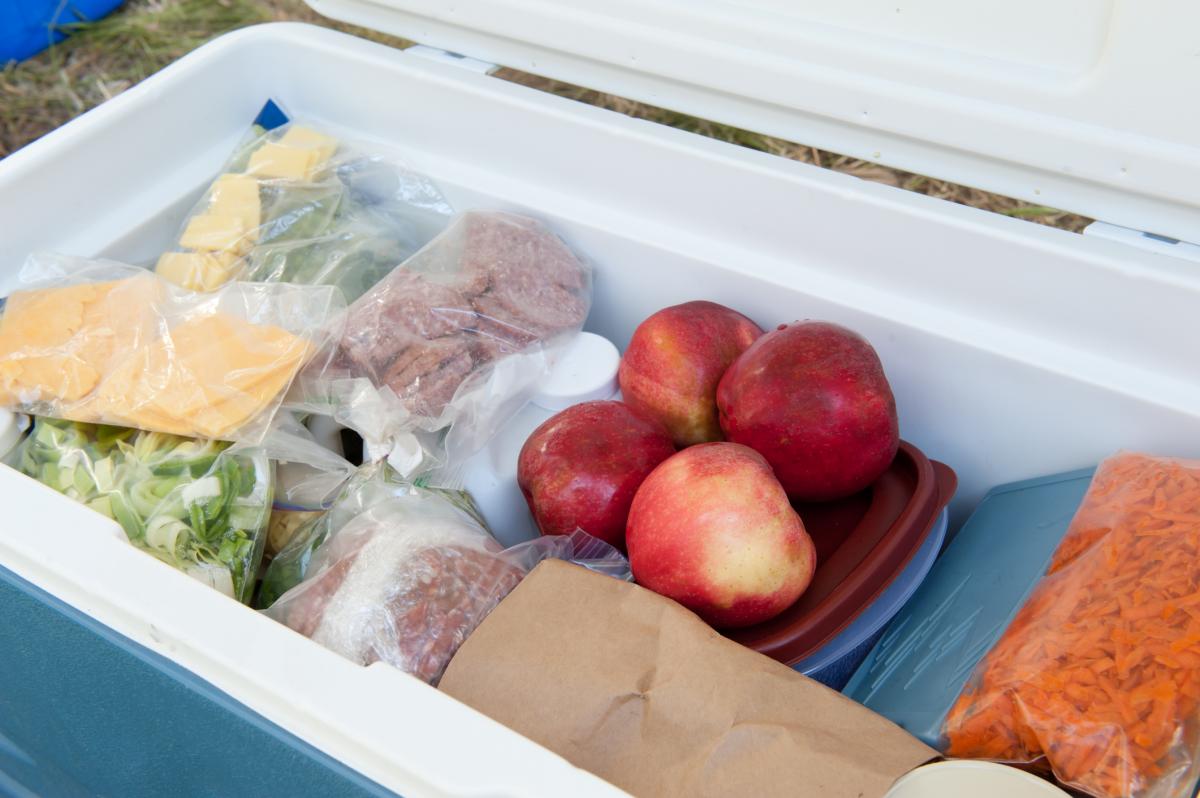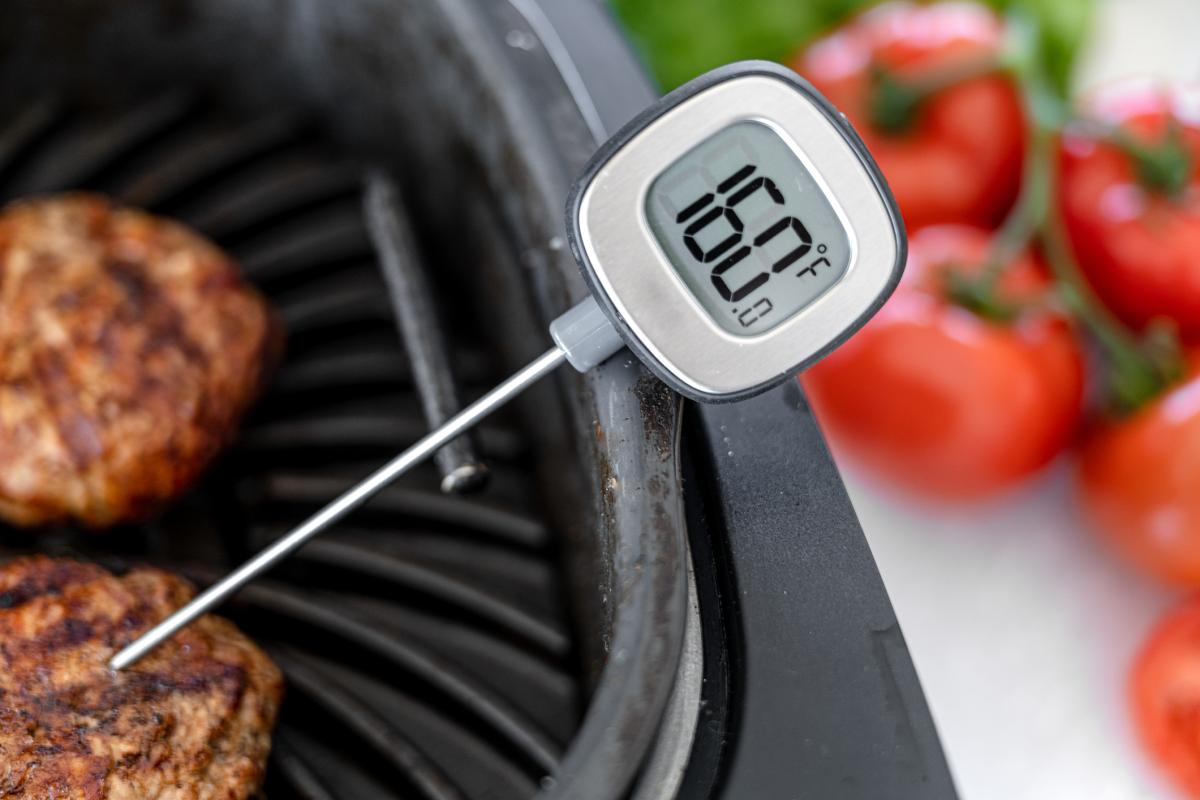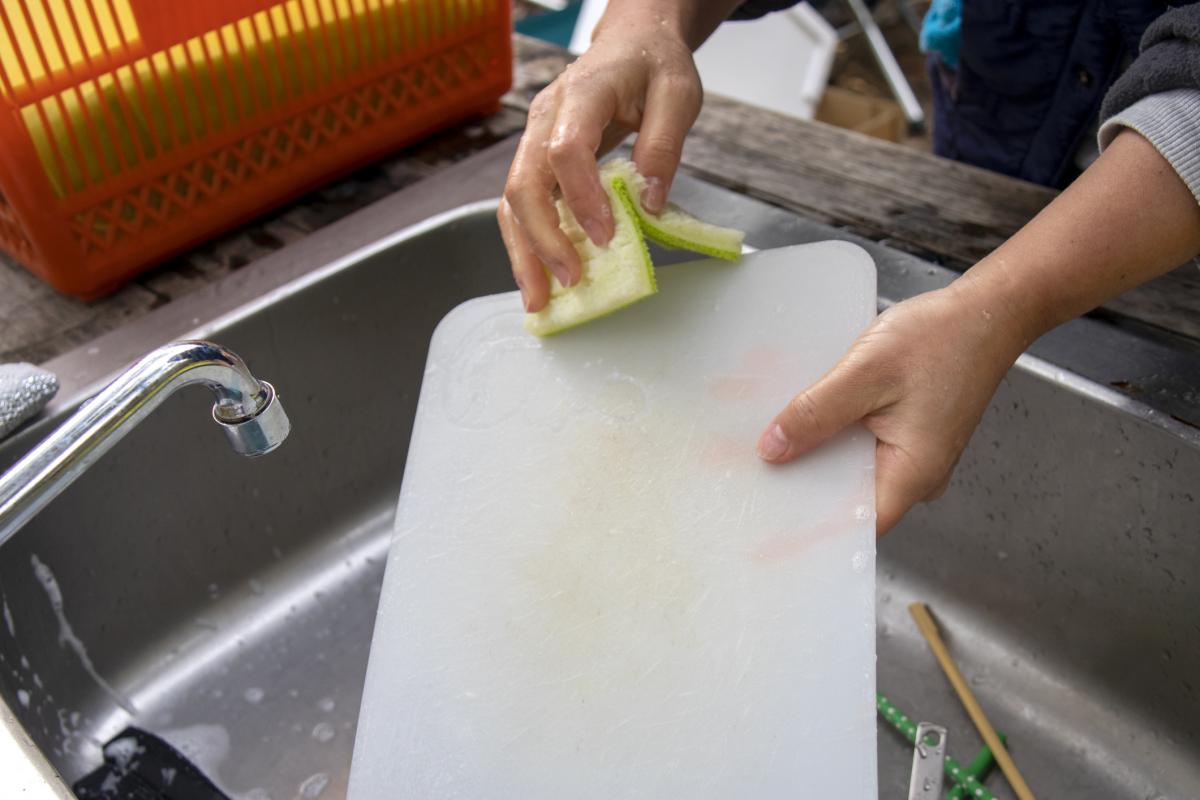Whether at home or at the cottage, summer is the best time to host the ultimate backyard barbecue! Chances are, if you are having a backyard barbecue, you’re likely hosting more than just yourself. You’re confident whatever you serve off the grill will be mouth-wateringly good, but are you 100% sure it’s safe to eat?
The risk of food poisoning increases during the summer because harmful bacteria grow quickly in warm, moist conditions. You may also be outdoors without easy access to safety tools such as sinks for washing. To help make sure everyone goes home thinking about your perfectly juicy chicken and sausages, here are some of Public Health’s best barbecue food safety tips to keep you grilling safely all season long:
Keep food safe before putting it on the grill
Be sure to store food at 4°C (40°F) or colder in a refrigerator or thermally insulated cooler (with ice or freezer packs) that’s easy to clean and sanitize.

Cook meats on the grill thoroughly to the minimum internal temperatures shown below.
Ensure the temperature is met or exceeded for 15 seconds before serving the food. Use a probe thermometer to check temperatures. Here are target temperatures for summer’s most popular foods from the barbecue:
- Hamburgers: 71°C (160°F)
- Hot dogs: 74°C (174°F)
- Sausages: 74°C (174°F)
- Chicken: 74°C (174°F)

Keep food hot on the grill or held hot in thermal containers after cooking.
- Cooked meat should be kept at an internal temperature of 60°C (140°F) or higher.
- If you can’t keep foods hot, be sure to eat within an hour of cooking or preparation.
Be sure to handle your food safely
- Wash your hands whenever they may be contaminated. For example, after using the washroom, after eating, smoking, coughing, sneezing or touching raw meats.
- Try to prevent cross-contamination by using separate utensils (e.g., tongs and plates) when handling raw and cooked foods.
- Use utensils to handle food whenever possible.
- Make sure food is stored in covered containers.
- Leftovers that were not kept either cold (4°C (40°F) or lower) or hot (60°C (140°F) or higher) should be discarded.
Clean and sanitize surfaces and utensils that come into contact with food, including tables, cutting boards and tongs after each use.

- To clean: Use soap and water. Rinse with clean water.
- To sanitize: Use sanitizer solution in a spray bottle or bucket with a clean cloth. A bleach-based sanitizer can be easily made by mixing 1 tsp of bleach in 1L of water.
Have more questions about summer food safety?
Ask us or visit Healthy Canadians.
